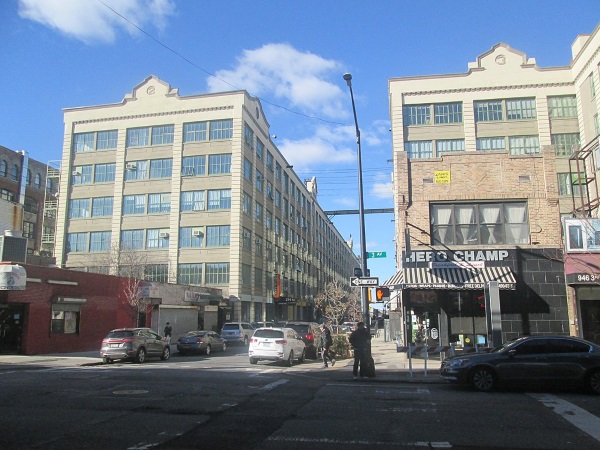Adaptive reuse is the ultimate urban (or suburban) recycling project. Adapted buildings are terrific for their communities from a social, economic and environmental standpoint, and they offer business owners unique spaces to conduct and showcase their work.
In many areas, industrial and manufacturing buildings that have historically been cornerstones of their communities are in danger of demolition or falling to ruin, but these structures are some of the ripest for imaginative adaptive reuse. In this post, I’ll focus on a great example.
Industry City, Brooklyn, NY
The building complex formerly known as Bush Terminal and now known as Industry City is a prime example of adaptive reuse that has evolved over decades. In fact, it has been continually reimagined almost since it began its life in 1892 in a waterfront neighborhood in Brooklyn.
It originally comprised several warehouses, with factory spaces added through 1925. Managed by the Bush Terminal Company, it was the first multi-use industrial complex in the U.S., offering facilities to a diverse portfolio of warehousing, transportation and manufacturing businesses who would have been unable to afford to purchase or lease the space singly.
Its transformation from industry-focused shipping, warehousing, manufacturing and distribution facility to a 21st-century work-and-leisure destination called Industry City began in 2000 with a series of technological upgrades intended to attract businesses that would become part of the new digital economy. It has since evolved into a multi-use space housing artists, tech businesses, a surgical training center, retail, restaurant and event space.
Instead of becoming another ghost of America’s industrial past, Industry City is now an economic and community hub as it continues to develop and attract new businesses and tenants.
As Thrillist put it in a 2017 article:
So, what is Industry City? New York’s answer to Silicon Valley? A rave space? A think tank for meme artists? The short answer is all of the above.
A version of this post first ran in 2019.


